Snapchat is one of the largest social media platforms worldwide today, and it has earned its position fair and square. Although platforms like Instagram have introduced more and more convenient features over time for a fresh outlook, none of those features were as risky and unconventional as Snapchat’s.
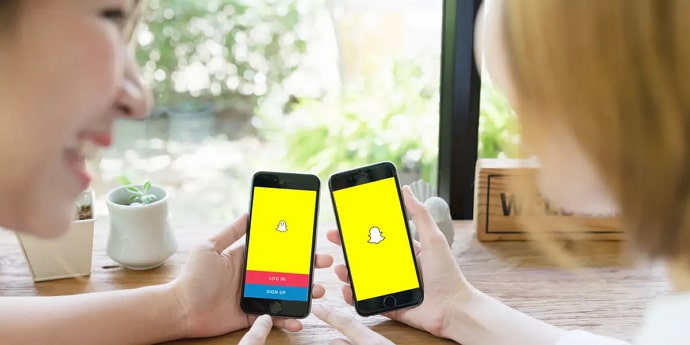
In fact, the whole concept of Snapchat is standing on a trembling stool due to its varied possible applications. There were suspicions during the time of the platform’s launch that it was going to be another dating or hook-up app without any meaning.
Even after going through all that, Snapchat still has hundreds of millions of monthly active users. Its popularity is primarily due to its unique and quirky features and options.
Snapstreaks, bitmojis, friendships, and stories are all concepts that had never been introduced into social media before. Users love the interactive experience and aesthetic design, so it’s unlikely for the platform to fall from grace anytime soon.
In today’s blog, we’ll talk about why the red heart emoji on Snapchat changed to a yellow heart one. We’ll also discuss a few related topics; stick with us until the end to learn about them.
Why did my red heart emoji change to yellow on Snapchat?
One of the most intriguing features introduced by Snapchat is the friends feature. Now, we know what you’re thinking: don’t Facebook and Instagram have the feature, too? Well, not in the way you’d think.
On Snapchat, your interaction levels with all your friends are monitored: not the contents, but the frequency.
Naturally, you’d talk to your best friend the most, right? So, all Snapchat does is certify that fact by adding cute emojis next to their names.
And even that is still measured. For example, if you’ve been best friends with someone for more than two weeks without snapping or chatting with anyone else as much, your friendship emoji will even be upgraded! Isn’t that fun?
The next time anyone asks you who your best friend is or when you get into an argument with the said best friend, you know what you have to do!
For the users who’re new to the platform and don’t know what we’re talking about, here’s the emoji chart Snapchat uses, with their decoded meanings:
Baby emoji: You’ve just become friends with this person. Yay!
Smirking face emoji: You are one of their best friends, but they aren’t yours. They send you many snaps, but it looks like you aren’t reciprocating. Umm.
Smiling face emoji: They’re one of your best friends. You interact a lot with each other, but you aren’t each other’s #1 best friends.
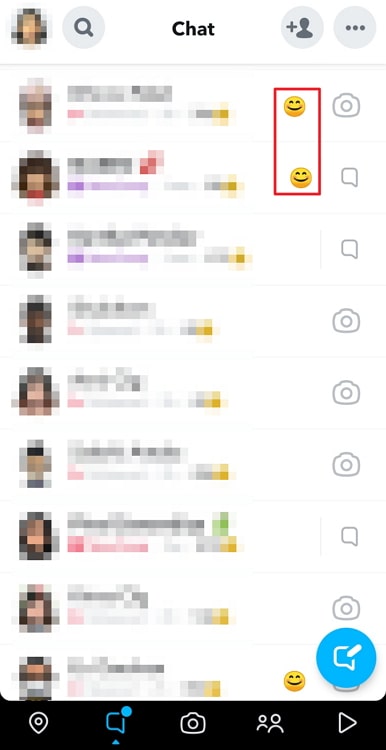
Grimacing face emoji: Your #1 best friend is also their #1 best friend. You both send the most snaps to the same person—awkward alert.
Smiling with sunglasses emoji: One of their best friends is also one of your best friends. Mutual friends are the best, aren’t they?
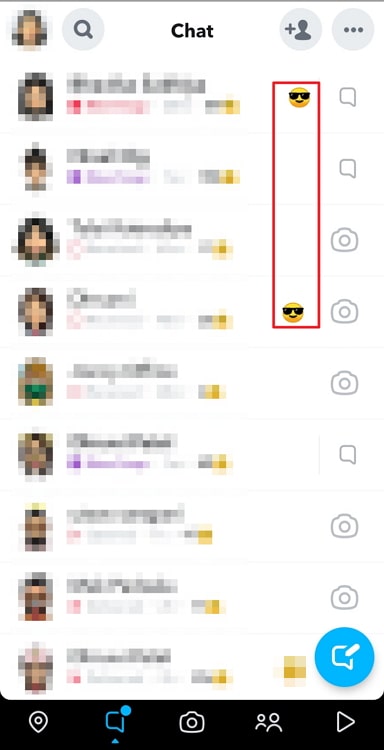
You can call all these emojis the minor leagues, meaning that you’ve just friended them or you don’t engage much.
Yellow heart emoji: You’re each other’s #1 best friend, meaning you snap and chat with each other the most! Fun, right?
Red heart emoji: You guys have been #1 best friends for two weeks straight. This is getting serious!
Pink heart emoji: You have been #1 best friends for two months straight. You’ve reached the final level of friendship!
These are the emojis that are always next to your best friend’s name.
By now, you already know what happened. By the looks of it, one of you has started interacting with a third person a lot, which has taken a toll on your friendship.
However, it’s nothing to lose sleep over. It’s just Snapchat; all you need is to start engaging with each other and sort out any problems between you. We’re sure the emoji will be back in no time.
Also Read:
- How to Reset Snapchat Password Without Phone Number or Email Address
- Does Snapchat Tell Someone When You Look at Their Location?
- Why Does it Say “Accept” on Snapchat After I Deleted Them?
- How to Delete Snapchat Messages Without Them Knowing

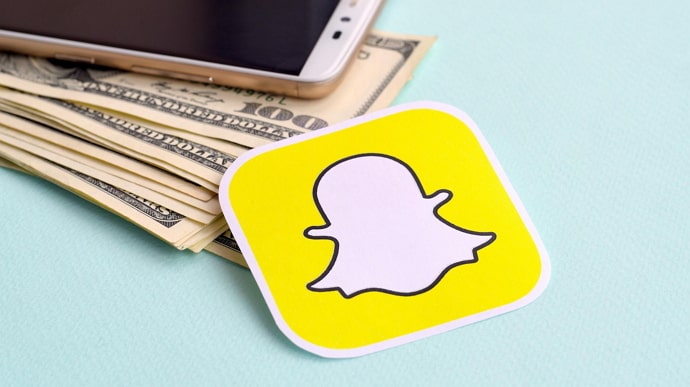
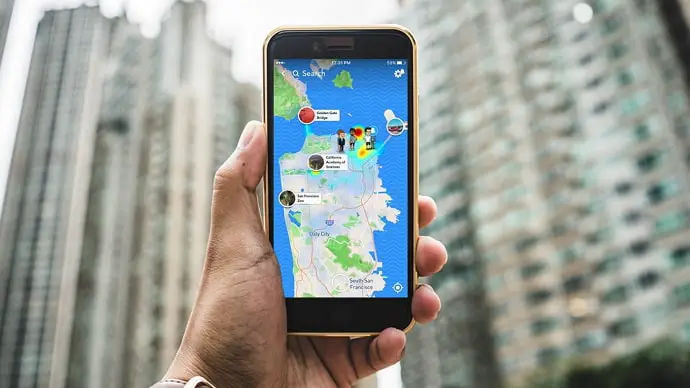
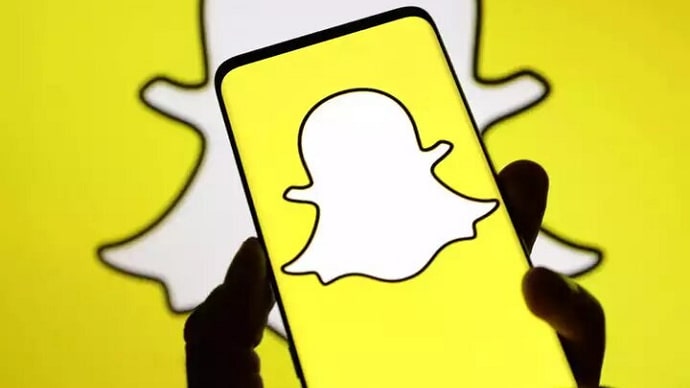
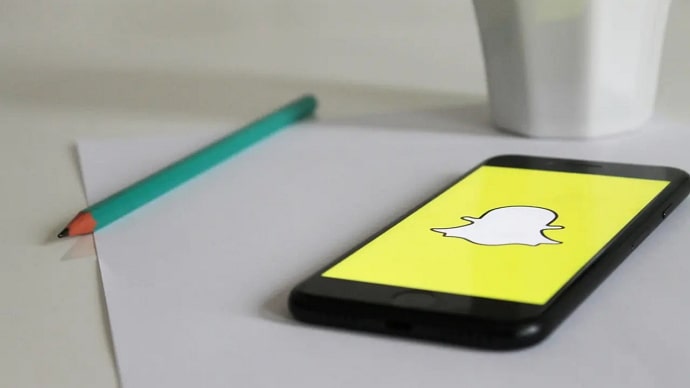
 Bitcoin
Bitcoin  Ethereum
Ethereum  XRP
XRP  Tether
Tether  Solana
Solana  USDC
USDC  Dogecoin
Dogecoin  TRON
TRON  Lido Staked Ether
Lido Staked Ether